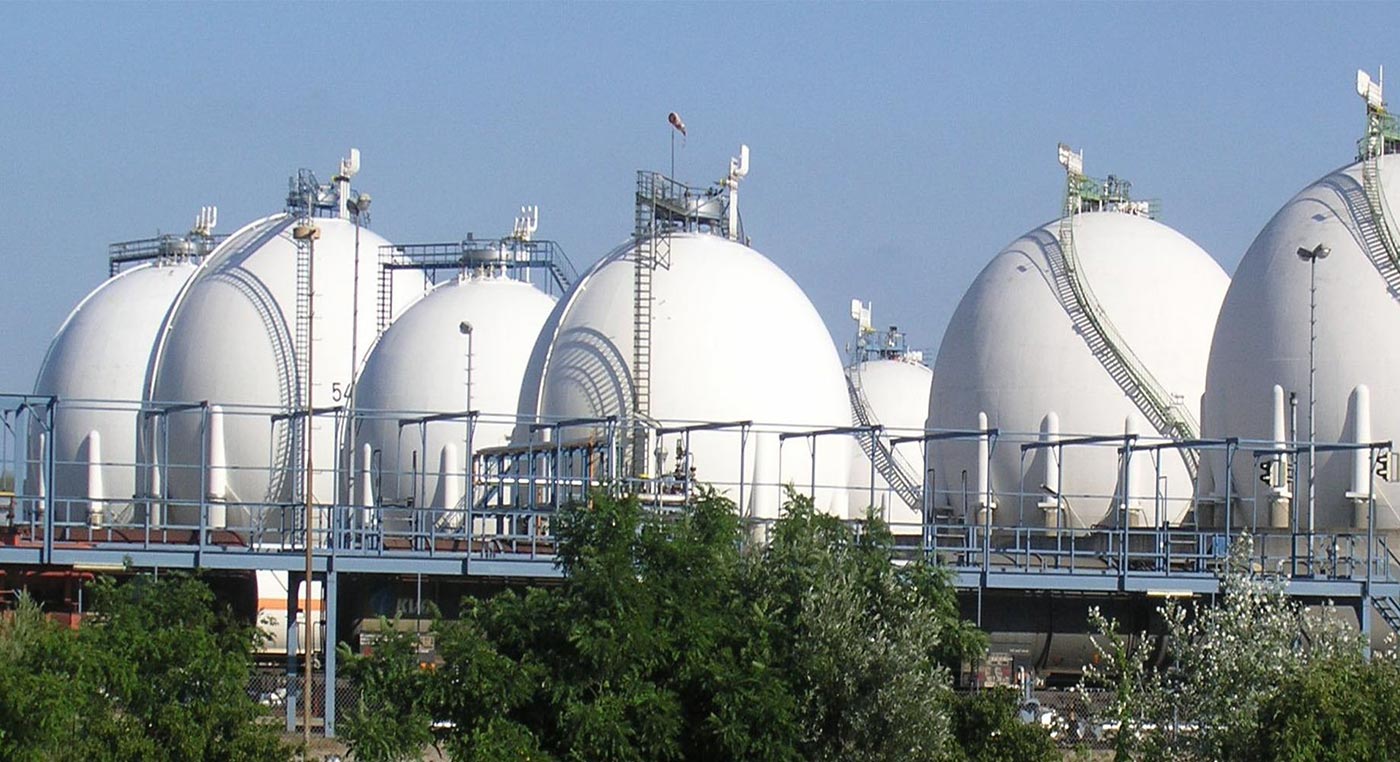Natural Gas Storage Basics
Companies store natural gas in underground reservoirs to ensure the gas industry meets seasonal fluctuations when the need arises. In essence, underground storage supplements the delivery and production of gas, allowing a reliable supply during customers’ heavy demands. Natural gas storage is also an intelligent way to reduce waste and prevent flaring when the production rates go beyond marketability.
When it comes to natural gas storage, there are many alternative ways to realize this. The method to use usually relies on many factors like the provider, costs, and locations of the storage facilities. Ideally, many companies offer natural gas storage facilities, and this means they are multi-billion-dollar corporations. Across the United States, there are less than 500 designated official storage sites.
Usually, the storage of natural gas will require some subsurface physical conditions. And that is why there are various alternatives to meet these conditions and demands. Each type of storage has its physical characteristic that may include retention capability, porosity, and permeability. Other considerations also influence the economics in terms of costs, delivery rates, cycling ability, and site preparation—all these narrow down to govern the method’s suitability to particular applications.
One of the most popular natural gas storages is the underground options. What makes it an excellent alternative is its capability to hold natural gas for a long time in preparation for future deliveries. Underground storages also have a base, in the case of oil depletion, the native gas remains. Generally, this alternative comes with incredible advantages over its other counterparts.
But which companies handle this lucrative business? While natural gas can seem expensive only for the government to control, several multi-million-dollar companies run these storages. The biggest question that can remain unanswered is where to get them because, honestly, these are not like some grocery stores. Fortunately, the internet is an excellent source of information such that for anyone looking for any salt cavern storage companies, the choices are there to make. Nevertheless, what are some of the common natural storage alternatives?
Types of Underground Storages
Ideally, there are three main types of underground natural gas storage facilities. It is also worth noting that underground storage became popular shortly after world war II. And this came to address various concerns like increased demand for these products and so forth. Since then, underground gas storage has been a practice that most companies have invested in tremendously. Otherwise, below are some of the top-rated types.
Depleted Gas Reservoirs
Depleted gas reservoirs are one of the standard forms of underground storage options. Depleted reservoirs are the formations that have already been tapped of all their recoverable natural gas. Ultimately, this leaves an underground formation capable of holding natural gas. Furthermore, using this method usually allows for the extraction and distribution of equipment leftover from when the spot was productive. Users will decide if depleted reservoirs are perfect if it meets the factors of geographic and geologic. Geographic sense comes from the need that the reservoir is relatively close to the consuming regions.
On the other hand, geological characteristics ensure the formations have high permeability and porosity. The latter case will determine the amount of gas the reservoir will hold. The permeability will determine the rate at which natural gas flows through the formation.
Aquifers
Aquifers are underground permeable and porous rock formations that act as natural water reservoirs. They stand out as some of the most expensive underground natural gas storage options and are considered only where there are no nearby depleted reservoirs. Plus, this method is least desirable and is highly costly. This is because the geological characteristic of aquifer formations is not known compared to the depleted reservoirs. So, to anyone working on a budget, the aquifers will not be perfect options since it also takes a lot of time and money to discover the geological attributes.
Salt Caverns
Just like the others, salt caverns are underground facilities for underground gas storage. They are perfect for gas storage because the salt caverns, once formed, allow for little to zero chances for the injected natural gas to escape. That is not all; the walls of salt caverns have a structural strength of steel that makes it resilient even for reservoir degradation. Salt cavern companies can be found along the Gulf Coats and in the Northern States. One set back to note is that salt caverns are smaller compared to the other alternatives like a depleted gas reservoir. As such, they cannot hold as much gas required to meet base load storage demands.



